
The 6 Most Important Programming Languages for AI Development
The programming language you employ is critical in AI development. Each language has its own characteristics. Choosing the best programming languages is not a matter of personal preference. It’s a critical choice that influences how AI systems are built and launched. Whether you’re a seasoned AI professional or a newbie, selecting the correct language to learn is critical. The proper one will assist you in developing unique and strong AI systems. In this Article, We are going to discuss the 6 Most Important Programming Languages for AI Development.
Is it critical to choose programming languages while developing AI?
The programming language you use in artificial intelligence (AI) does more than just allow you to connect with machines. It serves as the foundation for AI’s complicated structure.
Each programming language has distinct characteristics that influence how easy it is to construct AI and how well it works. The language you choose fits within the AI framework. This combination enables algorithms to evolve and adapt in the same way that human intelligence does.
1. Python: The AI Development Languages
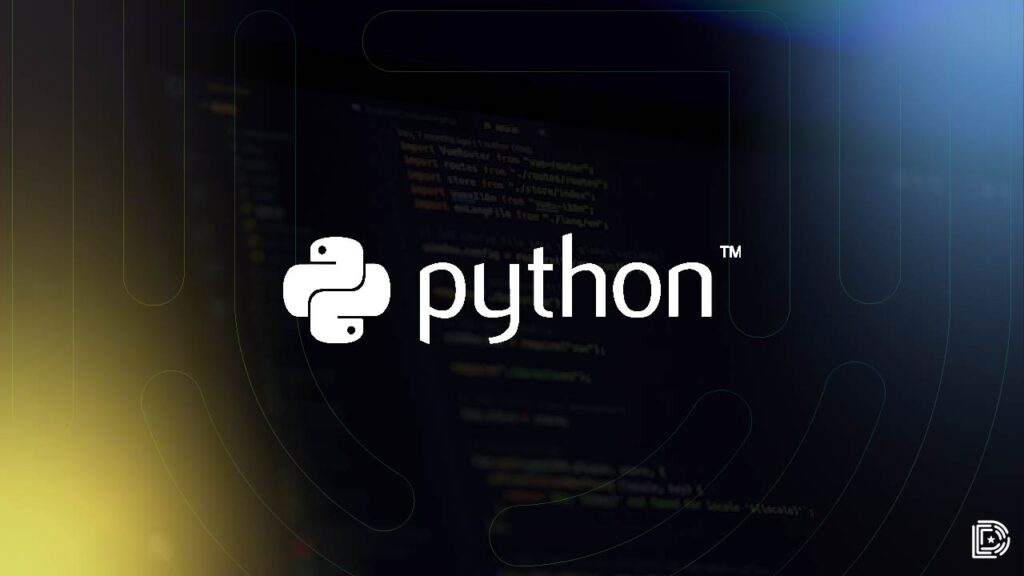
Python is a popular Programming Languages for AI development because it is both easy and powerful. As a result, it is ideal for both new and experienced developers. Many Python libraries, such as TensorFlow, PyTorch, and Keras, are also gaining popularity. These tools are important for the development of successful AI systems. Python makes sophisticated algorithms easy to use, giving a solid foundation for many AI applications.
Indeed, Python excels at manipulating and analyzing data, which is critical in AI development. With the help of libraries like Pandas and NumPy, you may have access to powerful data analysis and visualization capabilities.
The Python community is vibrant and welcoming, with many developers and specialists eager to assist those working on AI. The vibrant Python community provides AI developers with expertise, support, and inspiration.
2. R: Modern Languages for AI Research:
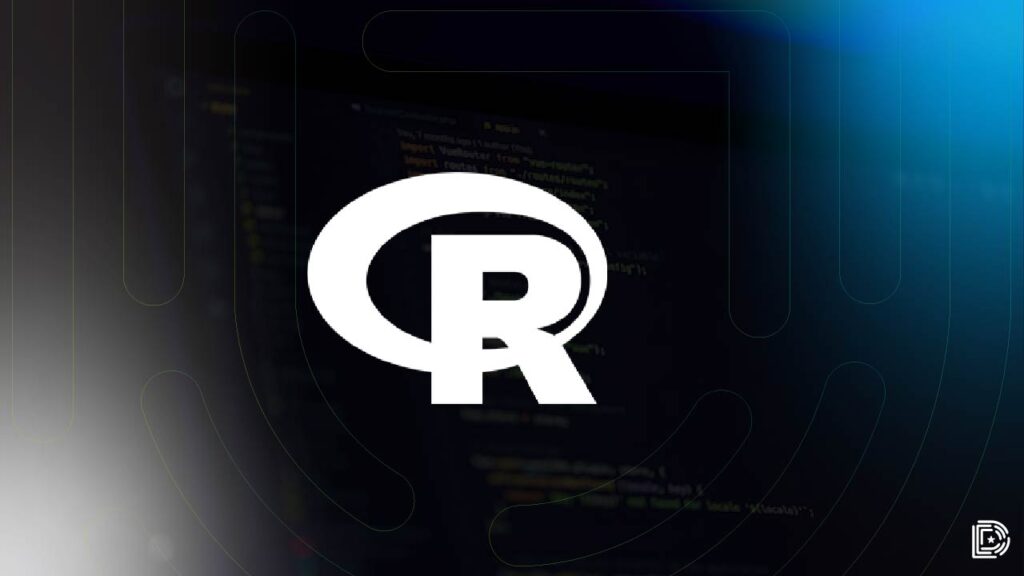
Screenshot of the R language’s official website
While Python is more widely used, R is a sophisticated AI language with a concentration on statistics and data analysis. For its exact statistical tools, R is a favourite among statisticians, data scientists, and academics.
R provides a plethora of programs for data processing, statistics, and visualization, which is ideal for AI projects cantered on data analysis. Important programs such as ggplot2 for visualization and Caret for machine learning provide you with the tools you need to extract meaningful insights from data.
R supports a wide variety of data formats and databases, making it simple to import and export data. This is critical for AI initiatives that rely on varied and huge data sets. R may also be used in conjunction with other programming languages and tools, making it even more valuable and adaptable.
However, AI developers are drawn to R for more than just its technical capabilities. The dynamic and helpful R community continues to add packages and libraries to its library while also providing assistance and knowledge. This community guarantees that R users have access to the most up-to-date tools and best practices in the industry.
3. Lisp: The Pioneer Programming Languages for AI Development
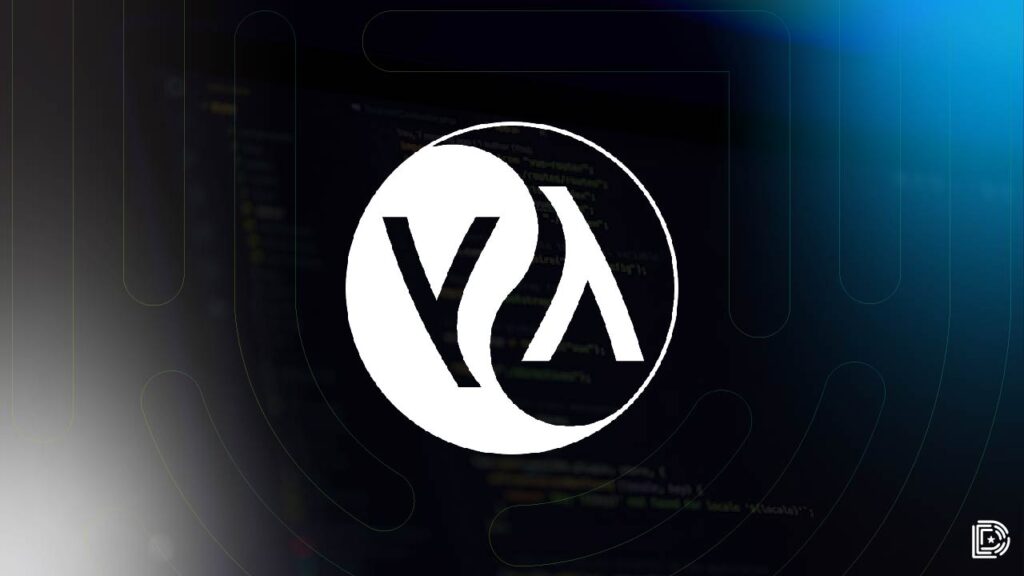
A screen capture from the Lisp-Lang website
Lisp, being one of the first programming languages, is associate with AI development. This relationship stems from its distinct qualities, which enable rapid prototyping and symbolic thinking. Because of its versatility and flexibility, Lisp has become a favourite for handling complicated issues in AI.
Because of its expressive syntax, Lisp developers may create complex algorithms. Because of its efficiency, it is well suit for AI applications that require problem-solving and symbolic reasoning. Furthermore, Lisp’s macro Programming Language support makes it simple to implement new syntax, supporting an expressive and compact coding style.
While Lisp is no longer as popular as it once was, it remains useful, particularly in specialized domains like research and education. Its ability to manage symbolic reasoning problems keeps it in use for AI applications that require this talent.
4. Julia: A Rising Star in High-Performance AI Programming Languages

Julia is a new programming language that stands out for its speed and great performance, which are critical for AI and machine learning. It is intend for numerical computation and has a basic syntax, yet it is powerful and versatile.
Julia’s speed is a significant attribute, making it indispensable for AI applications that require real-time processing and analysis. Its JIT compiler converts high-level code to machine code, resulting in speedier execution. Julia is therefore ideal for AI jobs requiring high performance.
Julia also includes a plethora of AI and machine learning packages and frameworks. These tools assist developers in a variety of AI applications. Julia Programming Language also works with other languages, such as Python and C, allowing you to leverage existing resources and libraries, increasing its use in AI development.
5. C++: Unleashing AI Programming Languages Performance
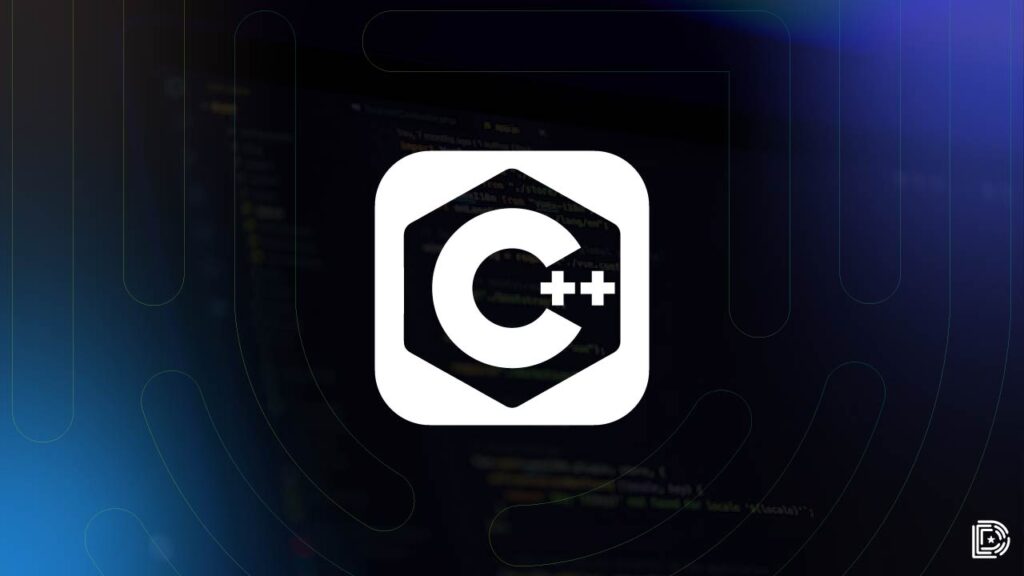
An example of matrix code written in C++ boasts speed and efficiency, both of which are necessary for AI research. Its low-level memory manipulation allows you to optimize AI algorithms and apps.
C++ allows both procedural and object-oriented Programming Language. This adaptability is advantageous to developers working on sophisticated AI projects. Its object-oriented capabilities aid in the creation of modular and reusable programs. This facilitates the upkeep and scaling of huge AI systems.
Many AI activities, such as machine learning, neural networks, and language processing, are supported by C++ libraries. Advanced AI algorithms may be easily assembled using tools such as Shark and MLpack.
While learning the C++ Programming Language might be more difficult than learning other languages, its power and versatility more than compensate. As a result, C++ is a valuable tool for AI engineers working on high-performance systems.
6. Scala: A Collaboration for Scalable AI Development
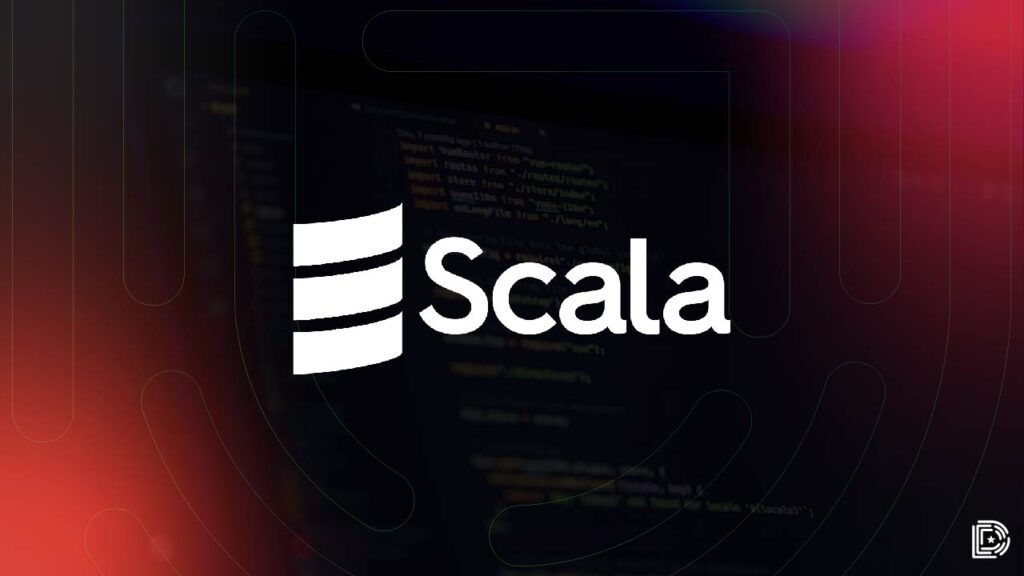
Screenshot of the Scala language’s official website
Scala is frequently praised for its blend of object-oriented and functional Programming Language. This combination enables the creation of code that is both powerful and compact, making it perfect for big AI applications. Scala’s capabilities aid in the development of concise and tested AI algorithms. Its object-oriented nature aids in the development of sophisticated, well-organized systems. This makes it easier to develop scalable, maintainable, and efficient AI applications.
Scala also has built-in support for concurrent and parallel programming. This functionality is ideal for developing AI systems that must process a large amount of data and calculations while maintaining performance. Scala may also communicate with Java since it interacts with the Java Virtual Machine (JVM). This interoperability allows you to use various Java libraries and frameworks.
Which Artificial Intelligence Programming Languages Should You Use?
It is critical to select a programming language for AI. Your decision has an impact on your experience, the ease of the journey, and the success of the project.
Each language has advantages and disadvantages. The appropriate Programming Languages for you are determined by the demands of your project, your level of familiarity with the language, and the needed performance. First, determine the requirements of your project. Then consider the languages you are most familiar with. Finally, consider the performance of each language.
FAQs
1. Why is programming languages selection so important in AI development?
The programming language used in AI development is critical since it directly effects how AI systems are built and deployed. Each language has unique qualities that influence growth, ease, and overall success. A well-chosen language, like human intellect, may lead to the growth and adaptation of AI systems.
2. Which programming languages is best for beginning AI developers?
Python is frequently suggested for AI development novices owing to its combination of simplicity and strength. It has a thriving community, a plethora of libraries, and amazing data analysis skills, making it an excellent place to start for novice AI aficionados.
3. How does Lisp, one of the first programming languages, continue to be important in AI development today?
Lisp remains essential in specialist industries like research and education because of its unique qualities that enable speedy prototyping and symbolic reasoning. Its rich syntax and speed make it perfect for artificial intelligence applications that need problem solving and symbolic reasoning.
4. What are Julia’s benefits in high-performance AI development?
Julia is well-known for its excellent speed and high-performance capabilities, making it essential for AI applications requiring real-time processing and analysis. It includes a Just-In-Time (JIT) compiler and a robust ecosystem of AI and machine learning packages, enabling developers to build high-performance AI systems.
5. What is the best programming languages to use for my AI project?
The correct programming language for an AI project is determined by a number of criteria, including the project’s unique needs, your expertise with the language, and the required performance. To make an informed selection, begin by describing your project’s needs, examining your expertise with various languages, and assessing the performance characteristics of each language.
